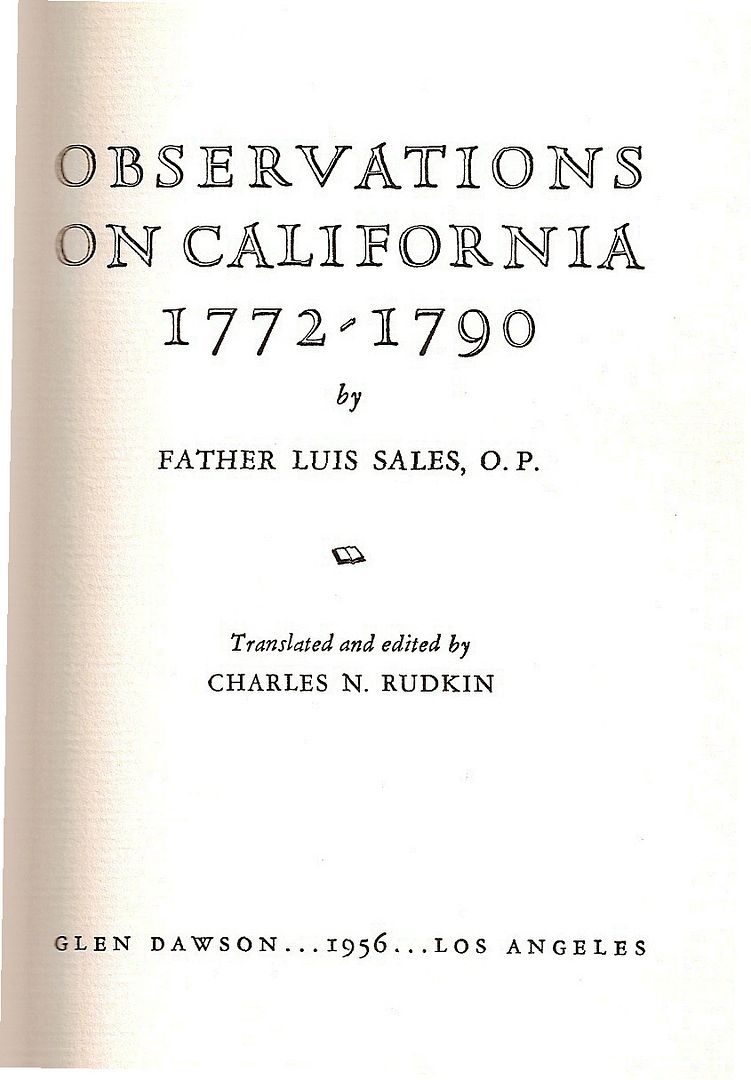Originally posted by elbeau
| Quote: | Originally posted by sargentodiaz
...the Stone Age natives of the California peninsula lived almost like the animals around them... |
I'm always on the lookout for new information about Baja so maybe you can enlighten me:
Which "animals around them" built balsas and canoes and safely navigated them miles out into the open ocean?
Which "animals around them" were experts in carving fish hooks and crafting atlatl-propelled harpoons?
Which "animals around them" mined and crafted obsidian to an extent unparalleled in the North American southwest? (Valle de Azufre)
Which "animals around them" utilized weapons and tools like the bow, the arrow, the quiver, the atlatl and dart, the javelin, the wooden
scimitar, or the ornate knives that they created from shark teeth embedded in wood and secured there by strong glues?
Which "animals around them" possessed bull-roarers for long-distance communication?
Which "animals around them" kept a written history by carefully inscribing symbols of that history into impressively-prepared wooden tablets?
Which "animals around them" would carefully carve and inscribe figures into mother-of-pearl to be worn as decoration.
Which "animals around them" skillfully carved intricate religious idols of human figures wrapped with a snake?
Which "animals around them" carried on two distinct cultural patterns, one being a coastal pattern and the other inland with vastly different
modes of subsistence?
Which "animals around them" engaged in trade across distances so large that those at the tip of the peninsula had their own word for "maize" and
recognized it as a food product that could be obtained from other tribes hundreds of miles to the North.
Which "animals around them" crafted intricate silk-like nets for decoration and utility?
Which "animals around them" created stone structures to trap fish with the outgoing tides?
Which "animals around them" placed foundation stones in the ground for their dwellings or ceremonies with specially placed stone pointers in
each of the cardinal directions?
Which "animals around them" worked as a community to build special roads and resting places for their religious leaders?
Which "animals around them" had a language system that encompassed "every sound" used by Europeans, making it easy for them to learn Spanish?
Which "animals around them" had specially carved hooks for harvesting fruit from high overhead?
Which "animals around them" utilized wooden tools to harvest roots effectively?
Which "animals around them" used manos and metates to grind legume seeds, cactus seeds, and a wide variety of grains?
Which "animals around them" developed tools specifically for weaving fine linens?
Which "animals around them" kept dogs and caged birds as pets?
Which "animals around them" created well-woven blankets in an artistic pattern and kept clean and which "could have been used anywhere as a fine
coverlet or rug"?
Which "animals around them" crafted musical instruments?
Which "animals around them" dug wells for water?
Which "animals around them" crafted ladders in order to harvest palm fruits?
Which "animals around them" would organize large gatherings in order to practice religious ceremonies, to trade with each other, and to compete
in sporting events.
Which "animals around them" utilized a large case to carry their items and which they would attach to their ear-piercings, leaving their hands
free for hunting and warfare?
Which "animals around them" were capable of weaving bowls that, without any sealant, were watertight and which could be used to roast seeds.
Which "animals around them" invented their own way of popping seeds to create a food similar to popcorn?
Which "animals around them" mixed and prepared cement grave markers so strong that modern archaeologists still have trouble breaking it 2,000
years later?
There are plenty of other things to list, but we'll let that suffice for now. The point is that you are trying to simplify complex prehistoric
cultures into zippy one-liners that give you some perverted sense of moral superiority.
Your pretended understanding of the life of Baja natives is short-sighted and pretentious. You try to paint the world in black-and-white terms where
anyone who disagrees with your European-superiority world view is automatically stereotyped as being believers of the "idyllic lifestyle" of the
"noble savage".
Your closed-mindedness prevents you from seeing the world as it is and leads to many prejudices. Even before they became physically extinct, the
natives of the peninsula went through a systematic, forced, cultural extinction. The Spanish had to continually use military force to keep the Baja
natives from deserting the missions and going back to their old habits. But, of course, you "don't see any of their descendants - anywhere in the
Americas - regressing to that life!".
Your view of other cultures is closed-minded and petty. You're so shocked by things like the nakedness and eating habits and warfare of the Indians
that you can't even begin to look at those things as cultural traits rather than as barbarisms and then you add to your ignorance by proclaiming some
kind of moral superiority upon the noble, peace-loving Europeans as if they brought peace to the Indians. They brought cultural and physical
extinction to the Indians.
I guess there is an upside though, now that they are all dead they no longer "cover themselves in tattoos and paint, or live day-to-day with death
always on their mind".
Thank you for your priceless gems of wisdom. |


 If and when I find some earth-shattering data, I
will report back!
If and when I find some earth-shattering data, I
will report back!

